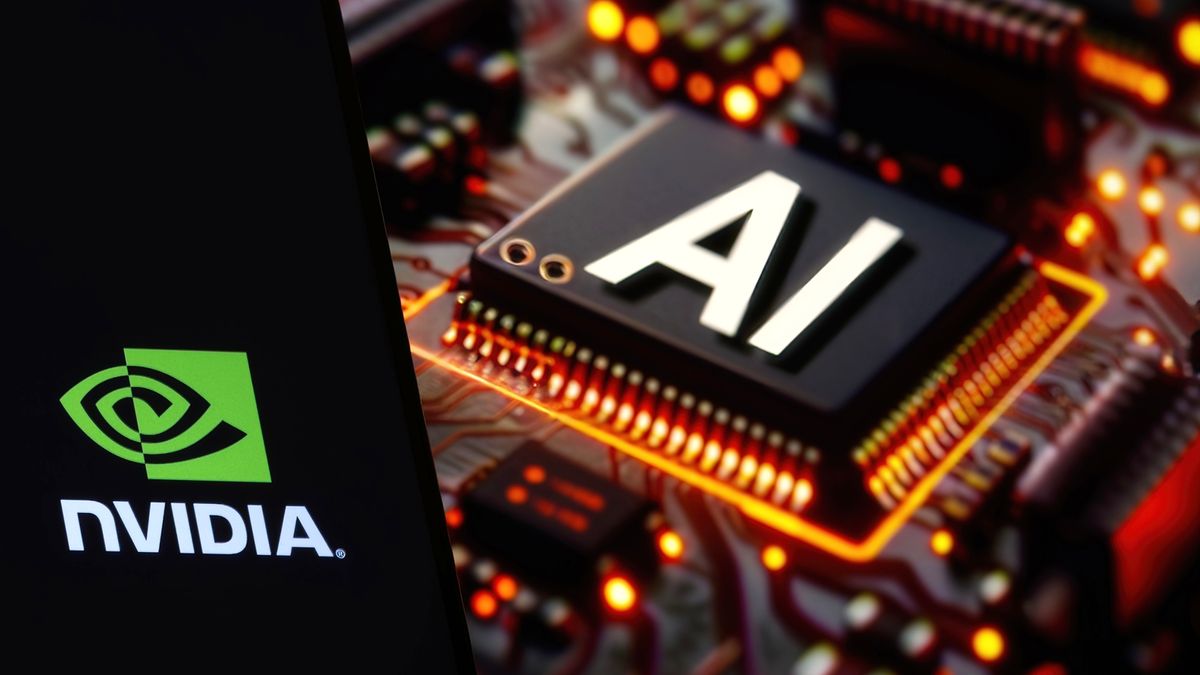TopSpoiler
Regular
This is a very detailed analysis between the H100/200 and the MI300X. The sad thing for AMD is that even after a year of the MI300X launch, they still haven't gotten the stability to get 100% performance out of the MI300X.

 semianalysis.com
semianalysis.com
Some quotes from the article:

MI300X vs H100 vs H200 Benchmark Part 1: Training – CUDA Moat Still Alive
Intro SemiAnalysis has been on a five-month long quest to settle the reality of MI300X. In theory, the MI300X should be at a huge advantage over Nvidia’s H100 and H200 in terms of specifications an…
 semianalysis.com
semianalysis.com
Some quotes from the article:
A few days ago, after we informed both that we had confirmed an article publication date of December 20th, AMD requested that we delay publication to include results based on a beta WIP development build on an AMD developer’s branch. All of our benchmarking on Nvidia was conducted on publicly available stable release builds. In the spirit of transparency and fairness, we include these results as well as updated testing harness results on as the original November 25th deadline image and the latest publicly available software. However, we believe that the correct way to interpret the results is to look at the performance of the public stable release of AMD/Nvidia software.
Below is AMD’s December 21st development build docker image. As you can see, it uses a number of non stable devlopment branches for dependencies such as hipBLASLt, AOTriton, ROCm Attention and installs everything including PyTorch from source code, taking upwards of 5 hours to build. These versions of the dependencies haven’t even been merged into AMD’s own main branch yet. 99.9% of users will not be installing PyTorch from source code and all of its dependencies from source code on development branches but will instead use the public stable PyPi PyTorch.
AMD’s December 21st Dev build is on a hanging development branch. That means it is a branch that has not been fully QA’ed and is at use only at a risk branch. There are many concerns about the validity of the results from using a development build and branches and building from source code, as most users are not doing this in real life. Most users will be installing AMD/Nvidia PyTorch from PyPI stable release mostly so we recommend readers keep this in mend when analyzing these results.



